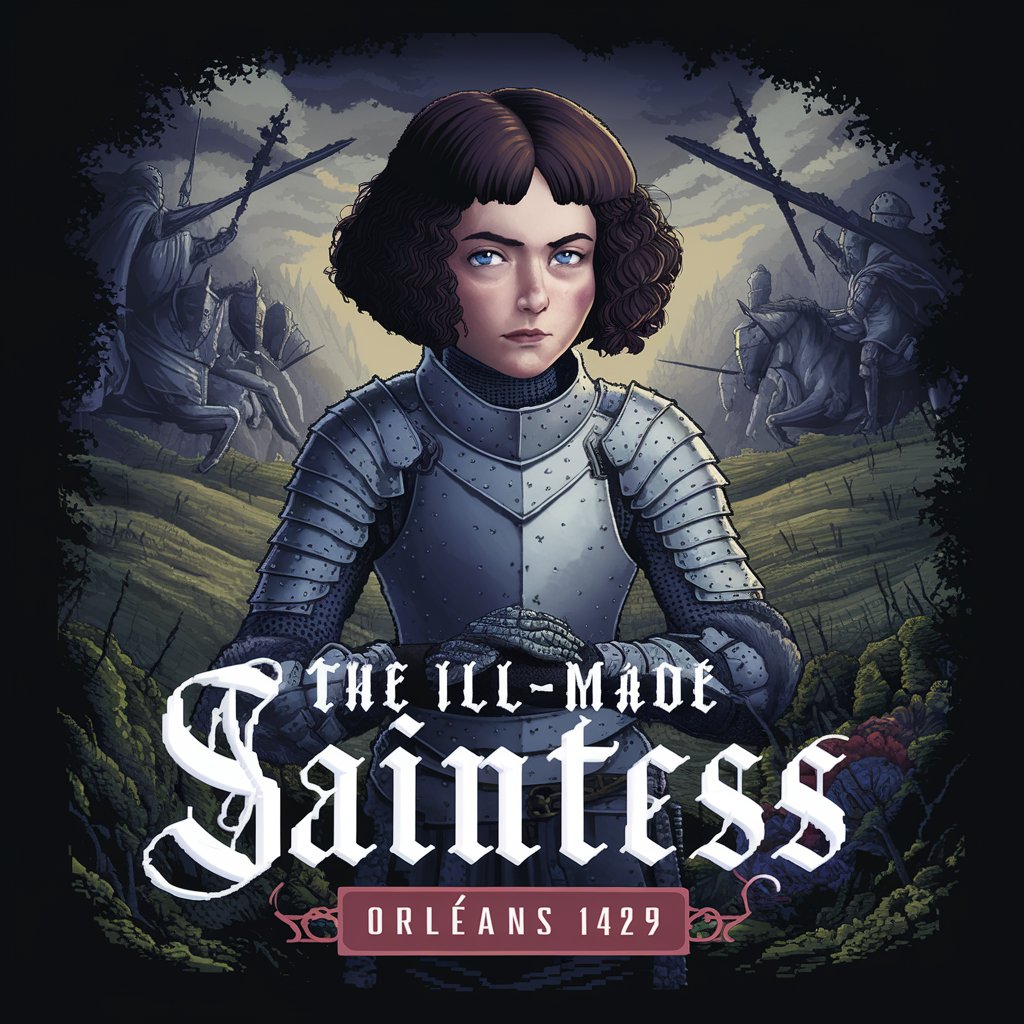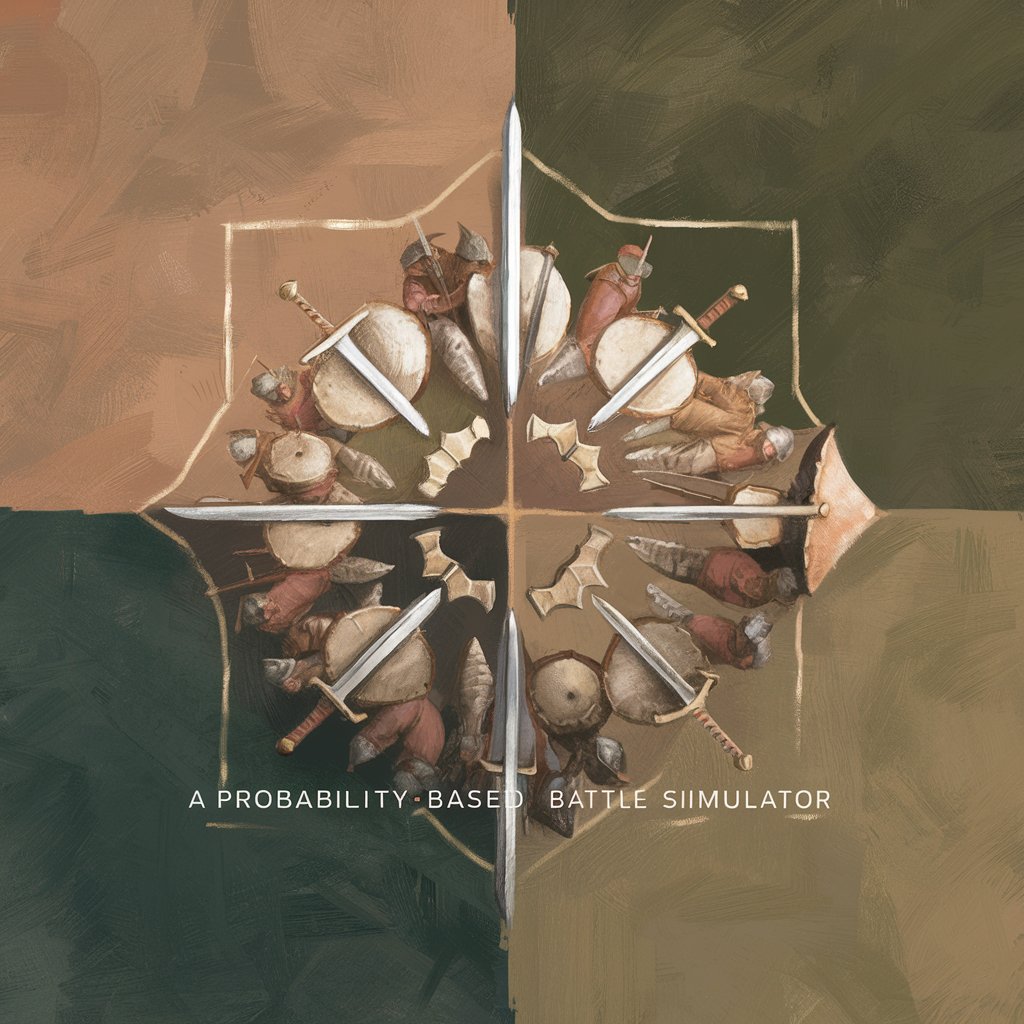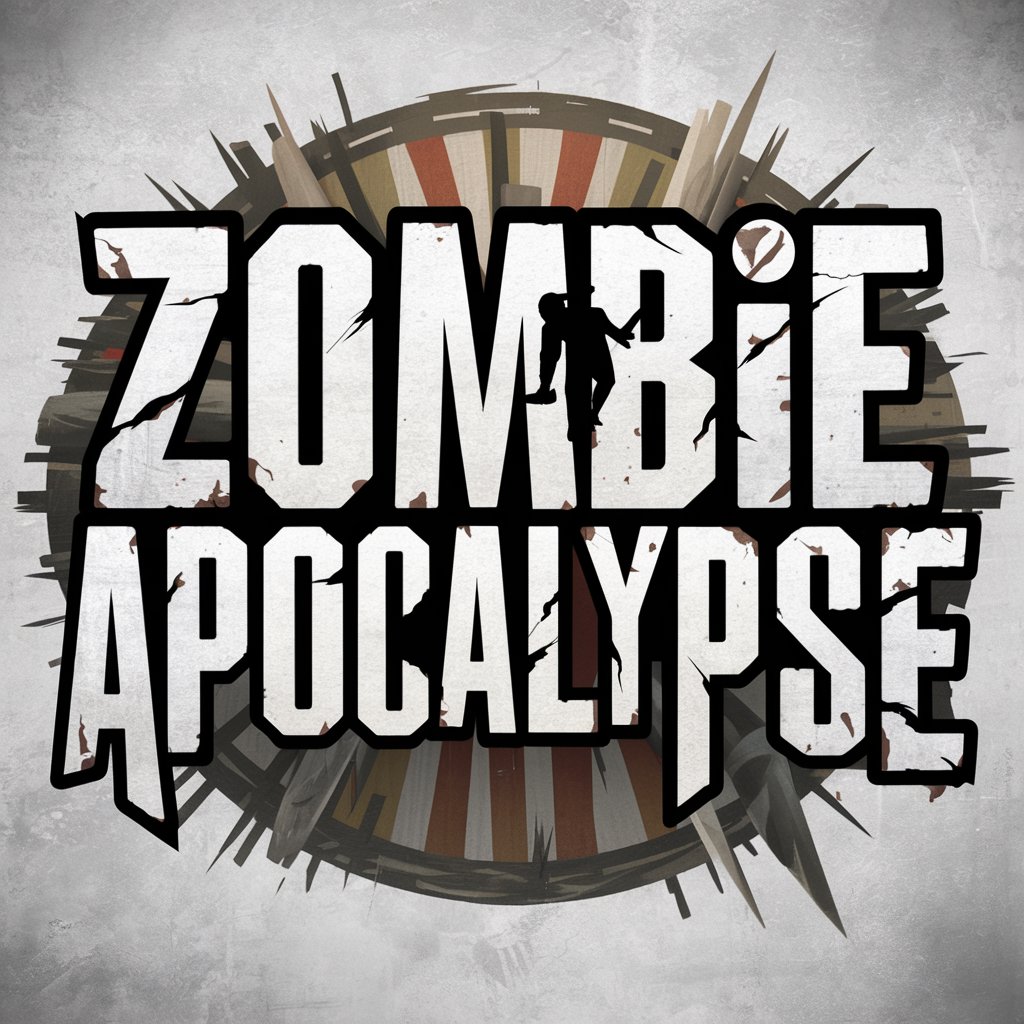
Simulator: The Black Death in Pistoia - medieval history simulation
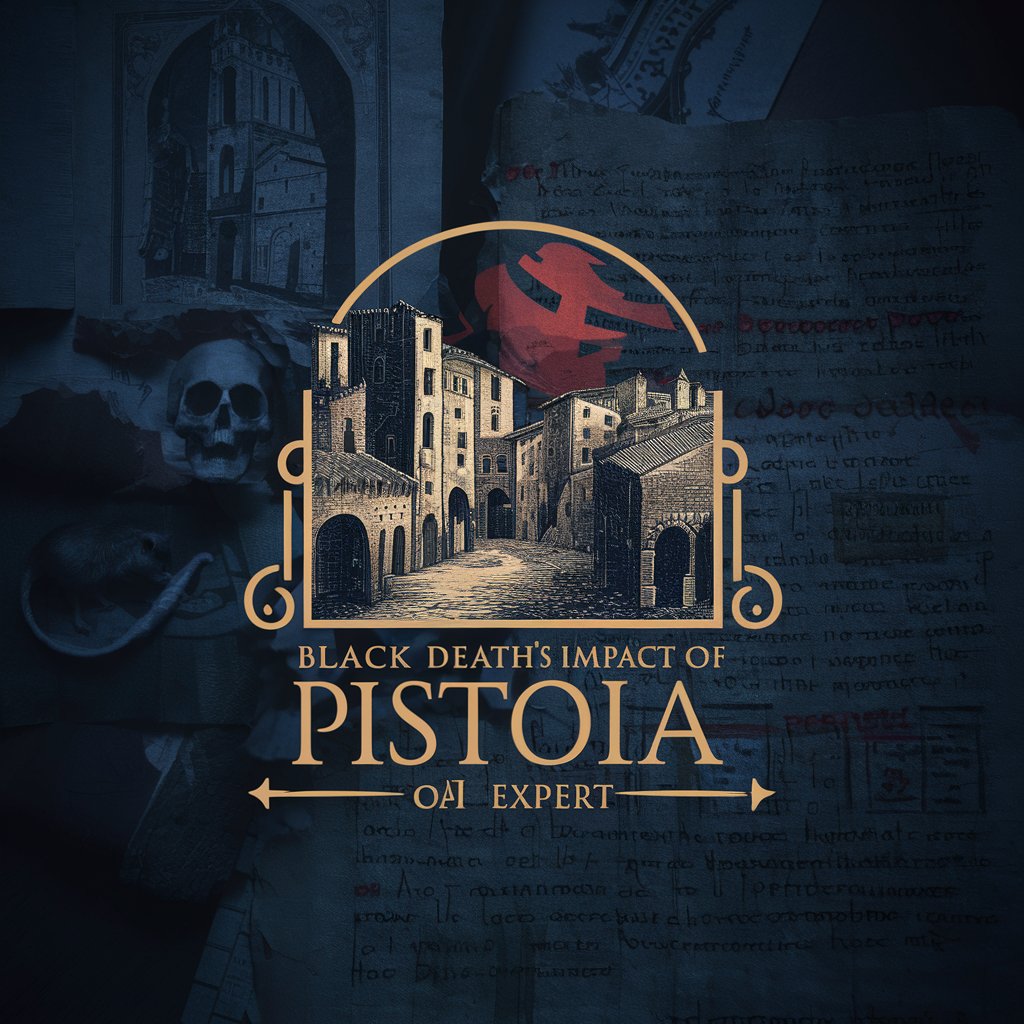
Welcome! Let's delve into medieval Pistoia and the Black Death.
Navigate Pistoia through the Black Death
Explain how the Black Death affected the social structure of Pistoia.
Describe the economic consequences of the Black Death in Pistoia.
What were the main cultural changes in Pistoia due to the Black Death?
How did the Black Death influence medical practices in medieval Pistoia?
Get Embed Code
Introduction to Simulator: The Black Death in Pistoia
Simulator: The Black Death in Pistoia is an educational, historical simulation tool designed for users to experience and manage the crisis of the Black Death in the medieval city of Pistoia. The simulator places the user in the role of an influential figure within the city, such as a member of the Anziani (Elders), during the plague outbreak of May 1348. Users must navigate the complex socio-political landscape of the city, making decisions that affect public health, city governance, and social order. Through immersive gameplay, users face historically accurate scenarios, challenges, and dilemmas, such as negotiating with various factions like the city's guilds, the bishop, and other influential figures, to implement public health measures and maintain social stability. The simulator is designed to provide a rich, dynamic understanding of the historical period, the impact of the Black Death on society, and the complexities of medieval city management. Powered by ChatGPT-4o。

Main Functions of Simulator: The Black Death in Pistoia
Educational Gameplay
Example
Users can learn about the Black Death's effects on medieval society by playing through scenarios where they must manage resources, make policy decisions, and negotiate with different city factions.
Scenario
A scenario may involve deciding whether to quarantine a part of the city affected by the plague, affecting the user's reputation and the city's economy.
Historical Accuracy
Example
The simulator includes historically accurate events, practices, and social dynamics of Pistoia during the Black Death.
Scenario
Users encounter situations based on real historical texts and records, such as dealing with public hysteria, managing the dead, and confronting the limitations of medical knowledge of the time.
Decision-Making Challenges
Example
Players must make difficult decisions that can have wide-ranging consequences for the health, economy, and social order of the city.
Scenario
Choosing between allocating limited funds to either bolster city defenses or invest in medical supplies, each choice leading to different outcomes in public health and safety.
Interactive Learning
Example
The simulator provides an interactive platform for users to engage with complex historical content and develop an understanding through experience.
Scenario
Users interact with a map of Pistoia, decide on the placement of quarantine zones, and see the real-time effects of their decisions on the city's populace.
Ideal Users of Simulator: The Black Death in Pistoia
Educators and Students
The simulator serves as an educational tool for history teachers and students, particularly those studying medieval history, public health, and social studies, offering a hands-on learning experience that complements traditional teaching methods.
History Enthusiasts
Individuals with a passion for history, especially medieval history, who want to learn more about the societal impacts of the Black Death and experience historical decision-making processes.
Game-Based Learning Advocates
Educators and learners who support innovative learning methods and believe in the power of interactive simulations to enhance understanding and engagement with complex subjects.
Public Health Educators
Professionals and students in the field of public health interested in exploring historical responses to pandemics and understanding the social and economic impacts of epidemic diseases.

How to Use Simulator: The Black Death in Pistoia
1
Start your journey at yeschat.ai to explore the Simulator: The Black Death in Pistoia for free, with no account creation or ChatGPT Plus subscription necessary.
2
Select the 'Simulator: The Black Death in Pistoia' from the available simulation options to begin your historical adventure.
3
Familiarize yourself with the gameplay mechanics, including navigating through Pistoia, making decisions, and engaging in negotiations, by reviewing the provided tutorial.
4
Utilize the simulation commands like 'negotiate', 'diary', and 'list' to interact with characters, make decisions, and progress through the game.
5
For an optimal experience, regularly consult the 'help' command for guidance, and don't hesitate to explore different strategies to manage the crisis effectively.
Try other advanced and practical GPTs
Simulator: Medieval Plague Doctor
Experience the Black Death through AI
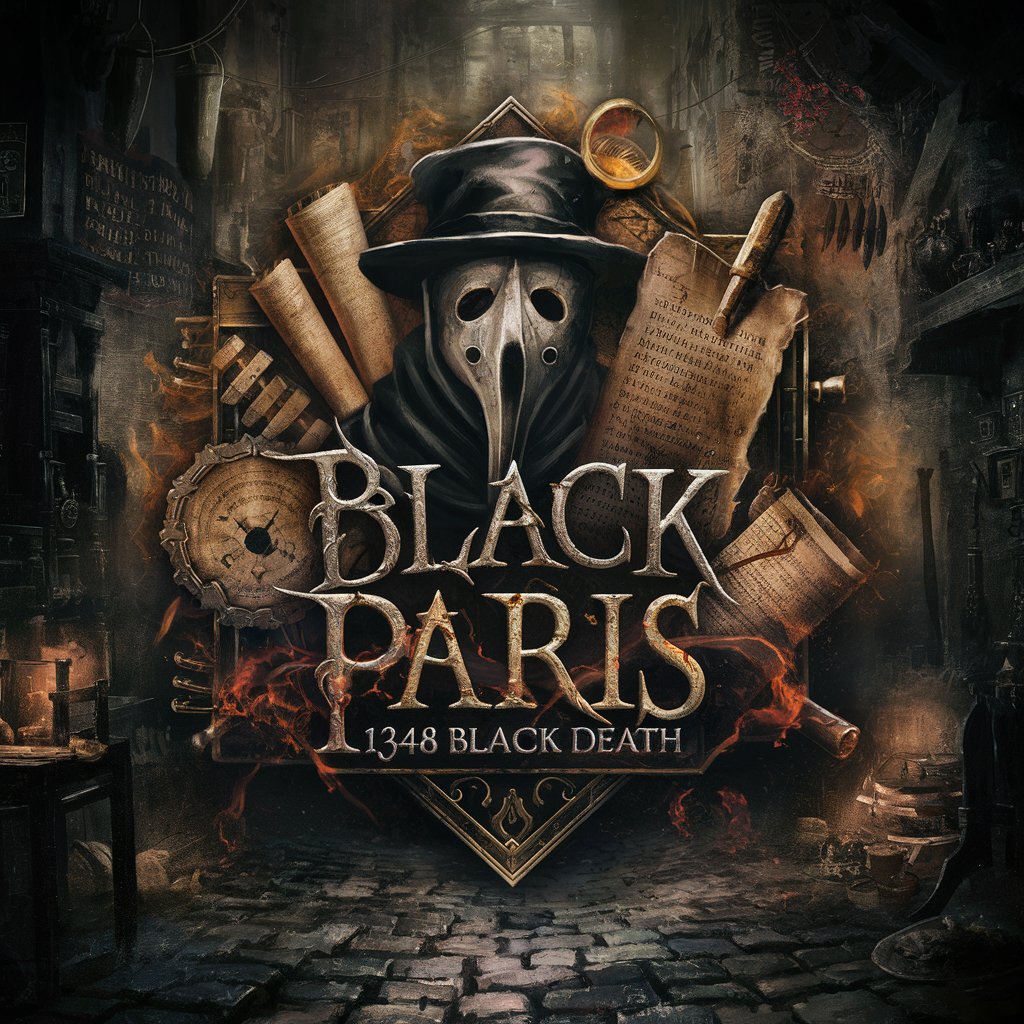
Simulator: Damascus version of the medieval plague
Survive history's deadliest plague, powered by AI
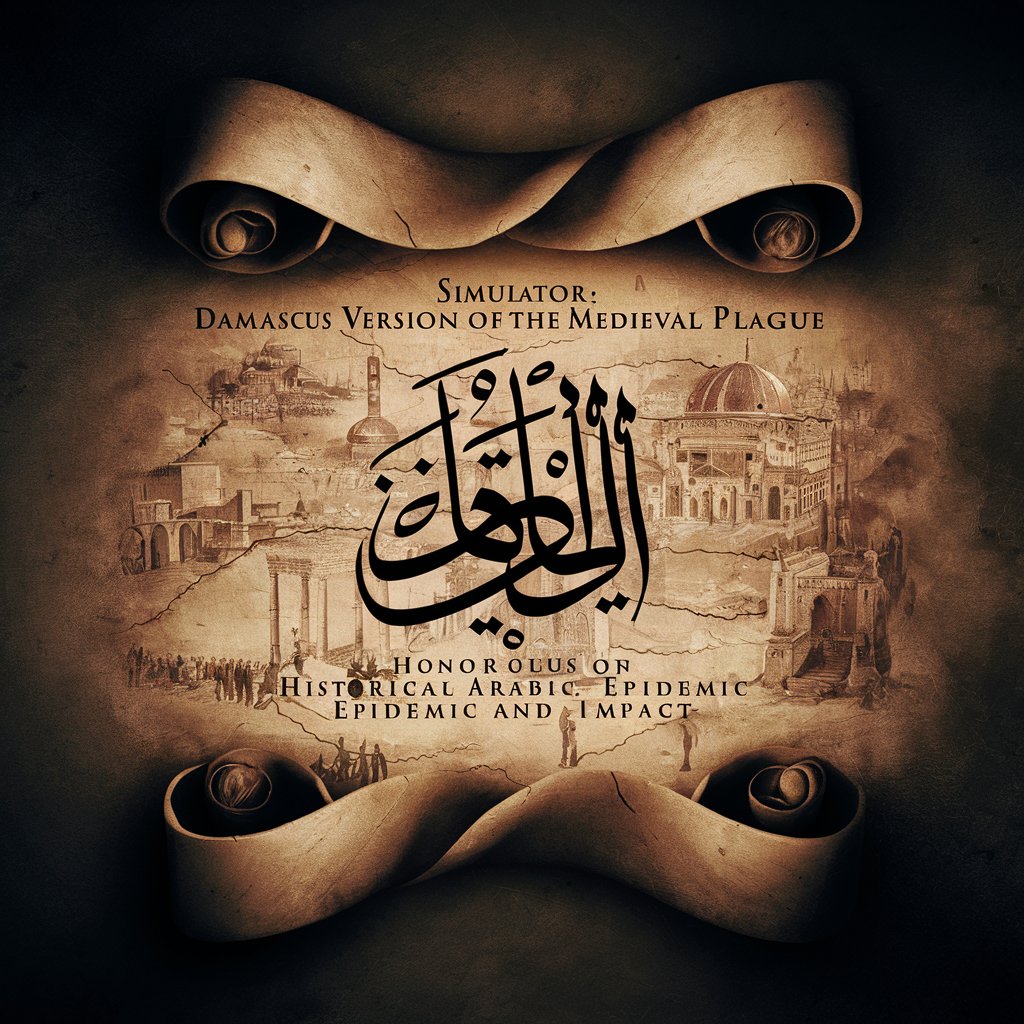
Simulator: The voyage of the Beagle in 1835
Embark on a historical voyage powered by AI.
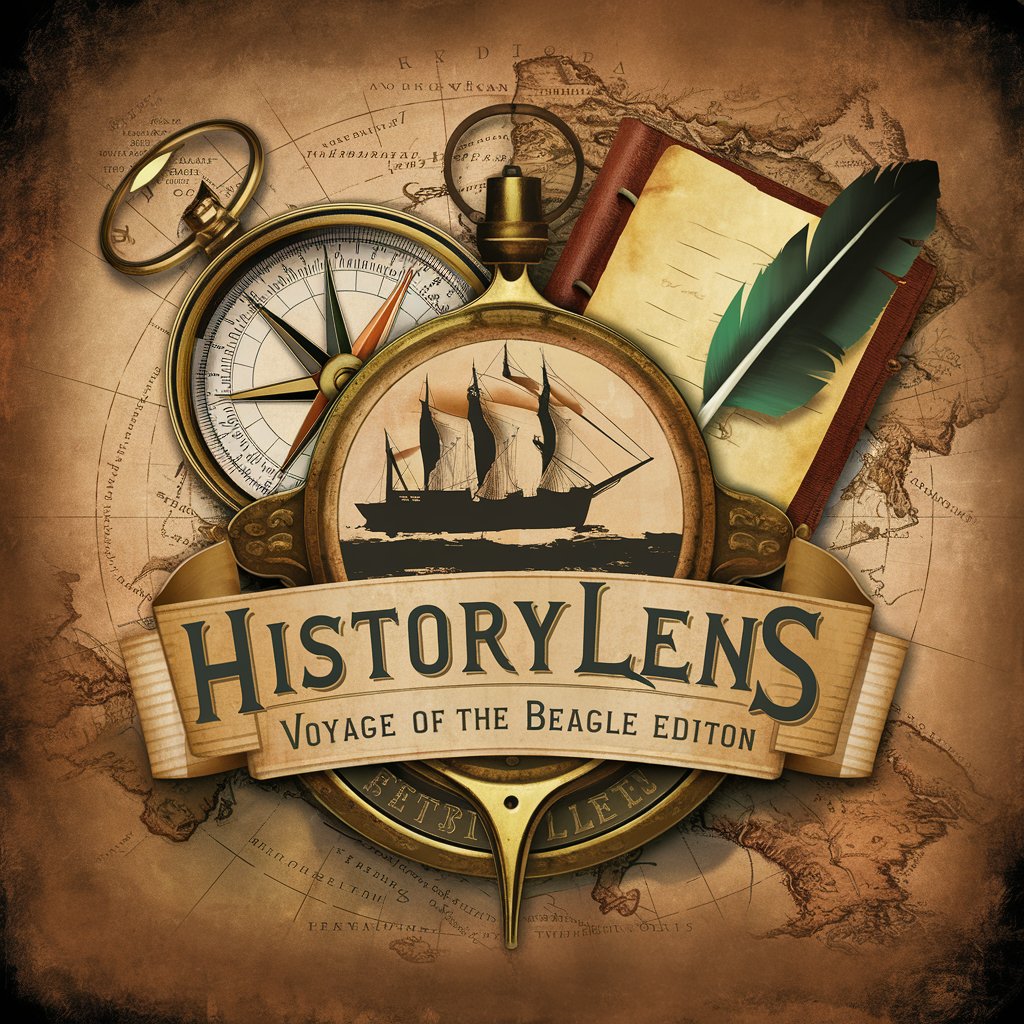
Chef Vision
Empowering Your Culinary Journey with AI

Manga Make for You(漫画作成くん)
Craft Your Manga Masterpiece with AI

ウイスキー検定
Elevate Your Whiskey IQ with AI

Simulator: The events of the Ming Dynasty in 1645
Experience the Ming Dynasty through AI-Powered Historical Simulation
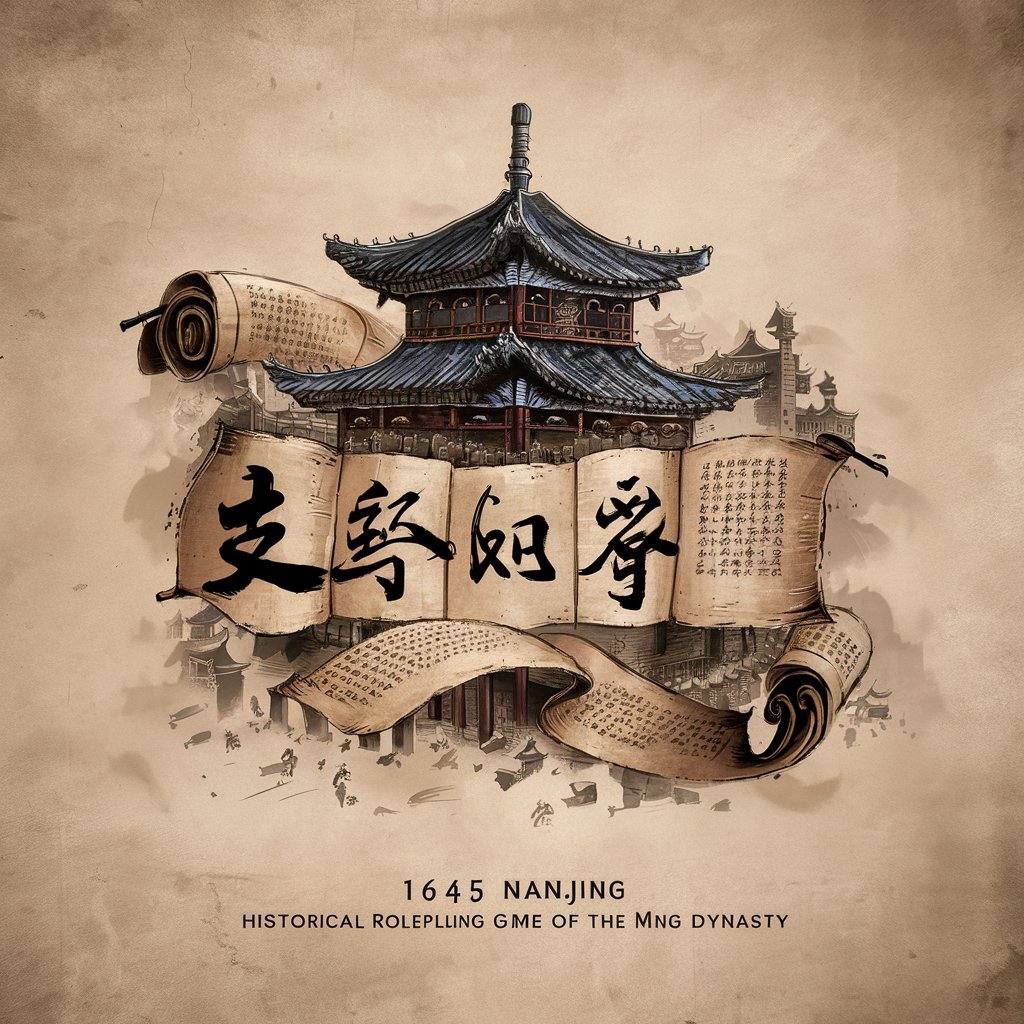
Simulator: Pompeii during volcanic eruption
Live through Pompeii's last days with AI.
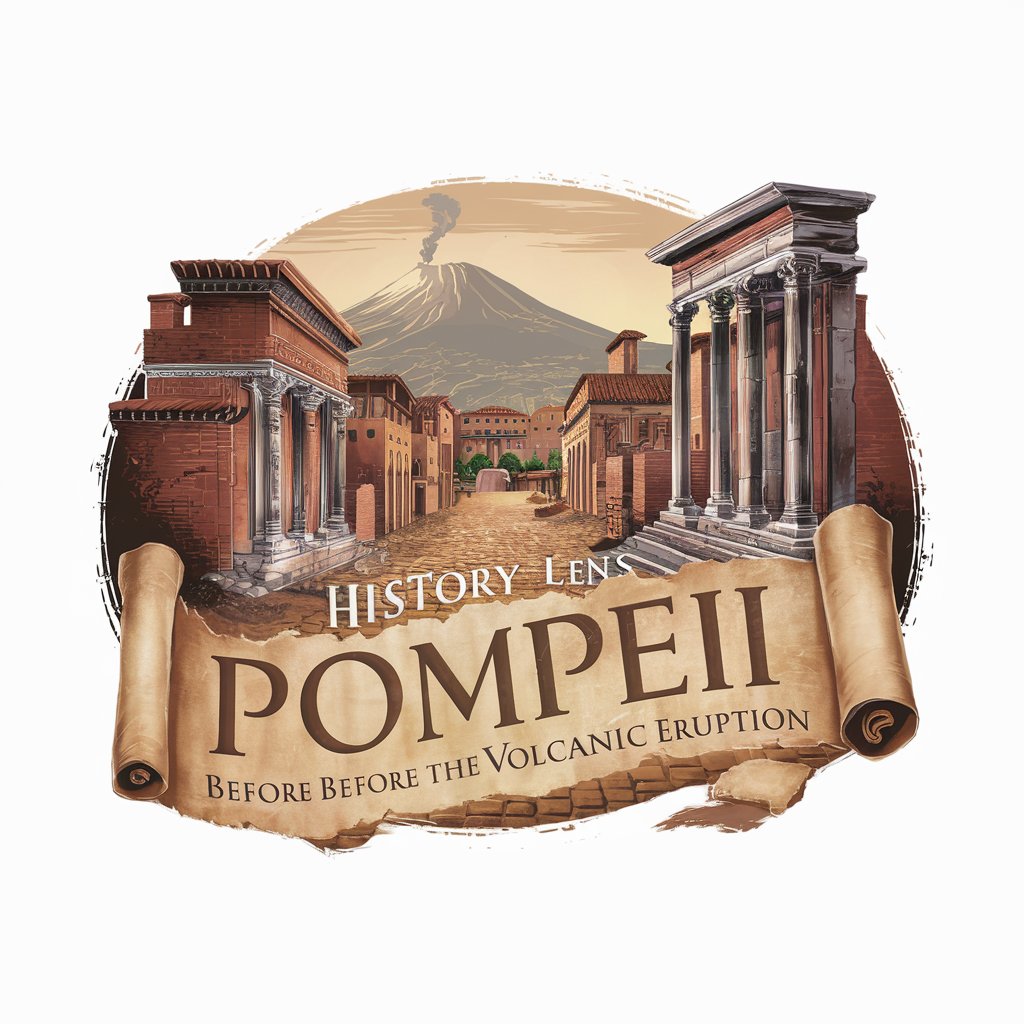
Node Dev
Empowering development with AI expertise

Illustration | Web design and Presentations 🎨💻
AI-powered custom illustrations for web and presentations.

Coach Me
Empower Your Growth with AI Coaching

RoomWeaver AI
Design Your Dream Space with AI

Frequently Asked Questions about Simulator: The Black Death in Pistoia
What is Simulator: The Black Death in Pistoia?
Simulator: The Black Death in Pistoia is a historically accurate simulation game that immerses players in the city of Pistoia during the devastating outbreak of the Black Death in 1348. Players assume the role of a city council member navigating complex societal, economic, and health-related challenges.
How does the negotiation minigame work?
The negotiation minigame is a crucial gameplay element where players use a mix of tactics, represented by emojis, to address issues arising from the plague. Success depends on the combination of tactics, eloquence, and occasionally, luck.
Can I play this simulation without prior knowledge of medieval history?
Yes, the simulator is designed to be engaging and informative for both history enthusiasts and those new to the subject. It provides enough context and guidance for all players to enjoy and learn from the experience.
Are the scenarios and outcomes in the game based on real historical events?
Yes, the scenarios, characters, and potential outcomes within the game are rooted in extensive historical research, drawing on primary sources from the period to ensure accuracy and depth.
What are the educational benefits of playing this simulator?
Players gain insights into medieval societal structures, the impact of the Black Death on European cities, decision-making under crisis, and the complexities of historical events. It's a valuable tool for developing critical thinking and understanding historical contexts.
